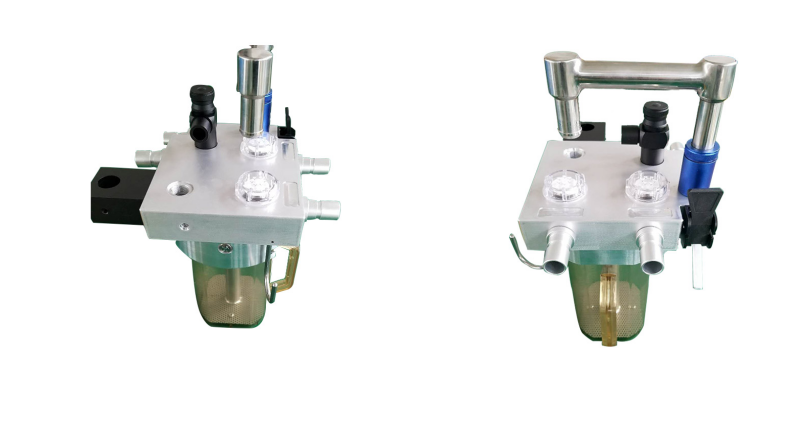Does the animal Anesthesia Machine need a ventilator?
Animal anesthesia machines have become the standard of animal hospitals. Animals have spontaneous breathing unlike people in anesthesia. Then is the part of the ventilator on the anesthesia machine cumbersome? In fact, for longer operation, if the anesthesia machine has a breathing function, it can have more favorable support for animal breathing. Although the ventilator is not used in most of the actual operations, the ventilator as a part of the respiratory support can always play a role in escorting the animal during complicated surgical procedures. Therefore, more and more pet or animal hospitals tend to have a ventilator function when selecting an animal anesthesia machine.
1. Anesthesia machine + ventilator changed to Anesthesia Ventilator. This kind of machine is often used to have an anesthesia machine. Now I don't want to switch to an integrated breathing anesthesia machine, because in this case, the hospital will actually have two anesthesia machines + one ventilator. So what to do, just buy a ventilator alone. Buy a simple ventilator separately and we will take 2 steps after purchase. (1) If only an anesthesia machine is used, open the APL valve of the domestic anesthesia machine, connect the airbag of the corresponding size to the airbag port and use it. (2) If you want to use a breathing anesthesia machine, this time you close the APL valve, remove the airbag and then connect the ventilator's tube to the mouth of the airbag, which is the breathing anesthesia machine. At the same time, our New CO2 Absorber DP302A provides advanced levels of integration function with modern design, especially applied to the anesthesia machine for breathing systems.
CO2 Absorber
2. Integrated respiratory anesthesia machine. The domestic anesthesia machine is a ventilator and an anesthesia machine. It is divided into two modes: machine control and manual control, which can be switched back and forth. The machine control is equivalent to a respiratory anesthesia machine. The machine controls the breathing. The manual control is equivalent to a simple anesthesia machine. If positive pressure ventilation is required, the airbag must be manually squeezed to perform positive pressure ventilation. The integrated anesthesia machine does not need to remove the airbag to connect to the ventilator. His conversion port is inside the machine and is automatically switched by the machine. It is also not necessary to close the APL valve because the APL valve is inactive under the machine control state, and the pressure relief valve is breathing. The overflow of the overflow port behind the machine is not the APL valve (but some models of the manufacturer's anesthesia machine require that the APL valve is turned off when changing to the machine control mode, otherwise, it will leak all the time. Other anesthesia machines are in After switching to the machine control mode, some airbags will still move due to different piping design, and some will not move. There is also personal experience because the domestic anesthesia machine APL valve is invalid regardless of the switch in the machine control mode, so It is still recommended that you open the APL valve, because it may be hand-controlled due to various accidental machine controls, which can prevent the danger of high airway pressure)
3. Anesthesia Workstation. The anesthesia workstation is not much different from the integrated anesthesia machine, except that the anesthesia workstation is more integrated, integrating not only anesthesia machines and ventilators but also various life monitoring systems and drug delivery systems. However, anesthesia workstations are mostly expensive, and the cost performance is too low for animal hospitals, which has no practical significance. Moreover, most of the integrated respiratory anesthesia machines now have an upgrade function, which can upgrade the parts required by the individual, and the cost performance is higher.






 English
English  French
French  Chinese
Chinese  Spanish
Spanish 















